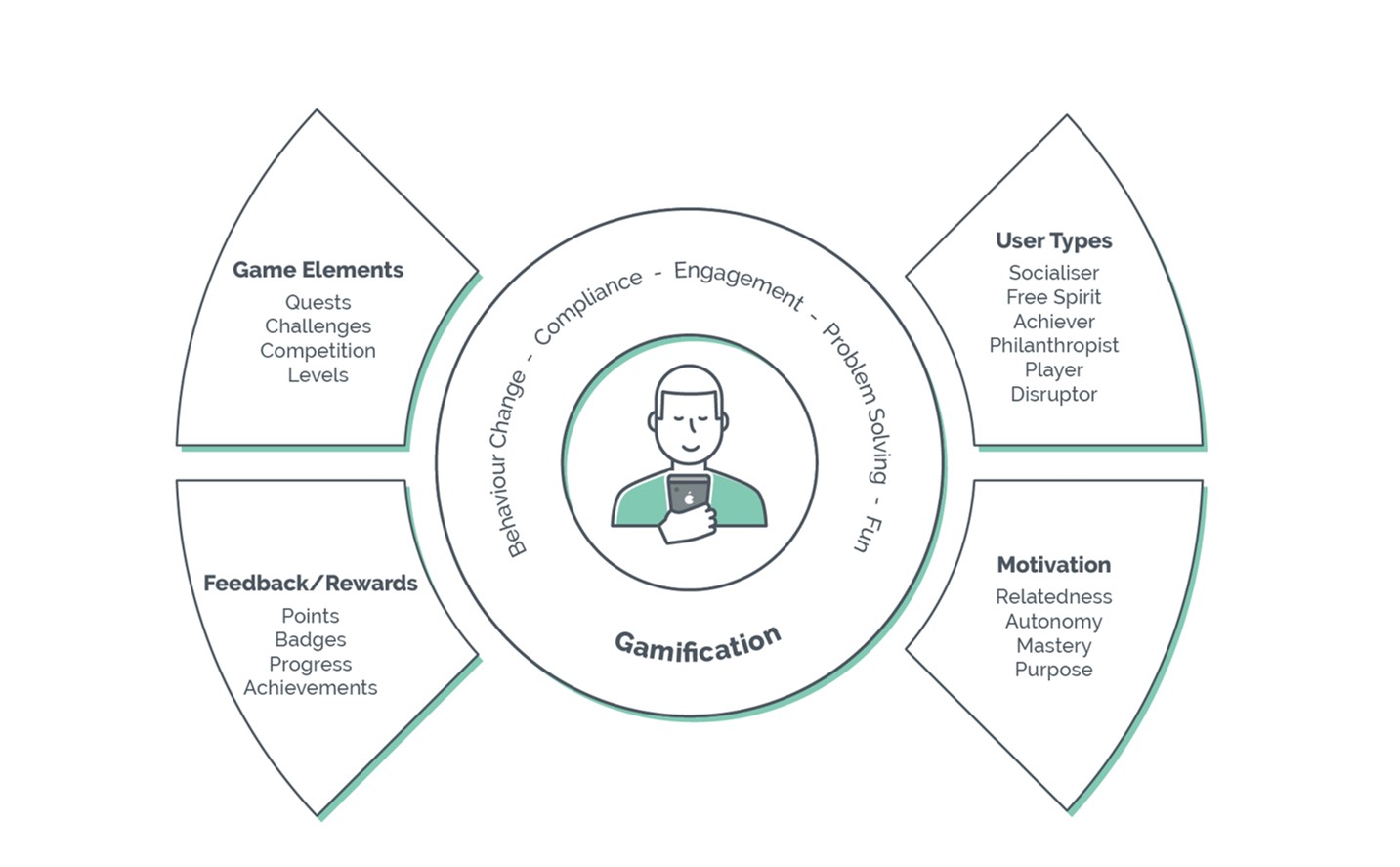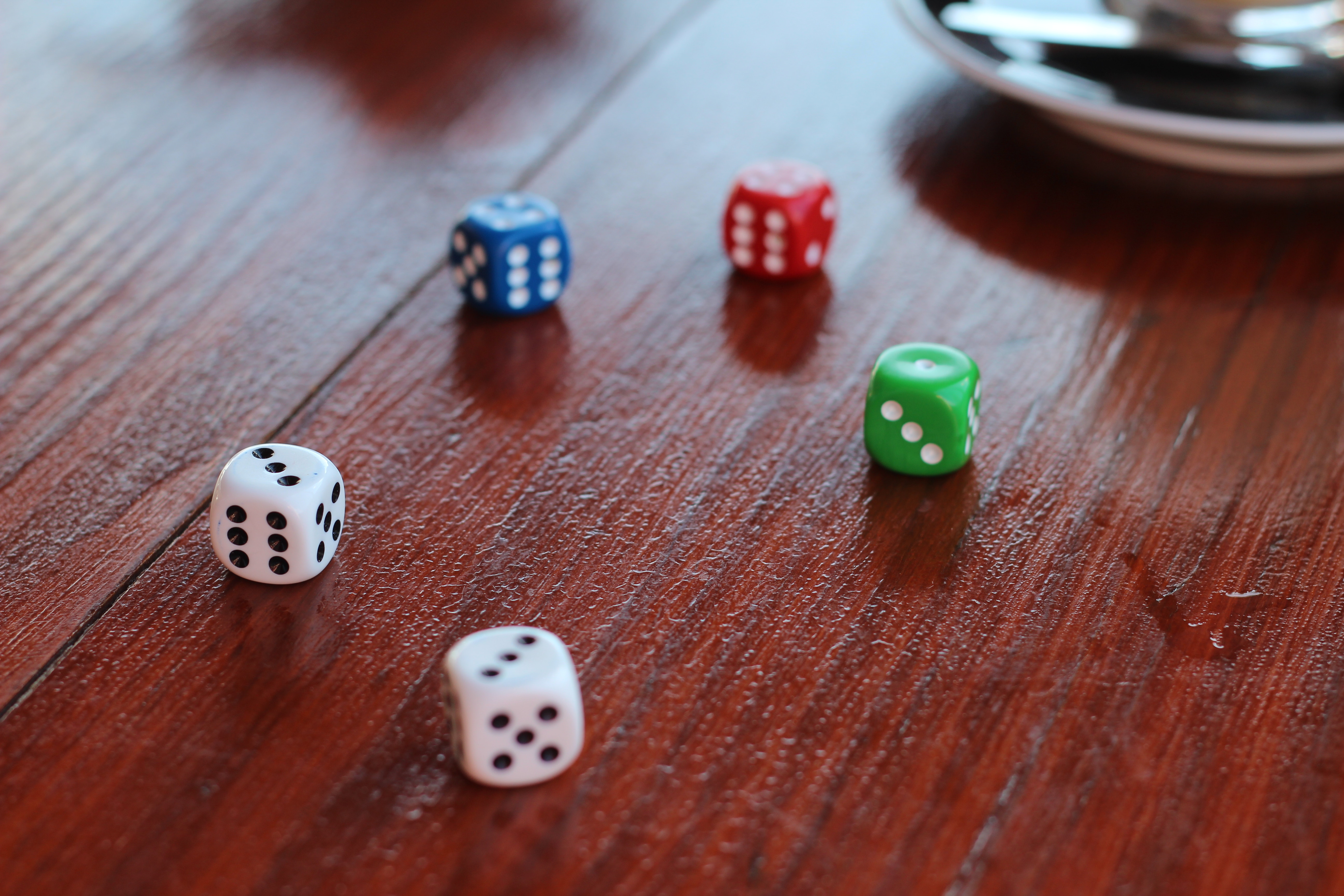Gamification actually doesn’t have to be fun.
For many the word “Gamification” conjures images of video game-like experiences, where people maybe race cars, or collect trophies, or compete in timed challenges against colleagues, and having fun instead of working. Others who know more about gamification, may visualise a veneer of “forced” fun being layered over important – albeit dull – tasks. Either of these situations has negative connotations and misconceptions that can put people off wanting to get involved.
However, what if I was to tell you that gamification doesn’t have to look game-like or be designed for fun at all?
There are many definitions of gamification, one that we use is “The use of game design, game elements and play for non-entertainment purposes.” Whatever definition you use, the essence of the concept is to use game design and game elements in non-game contexts, or applying lessons learned from games to improve non-game experiences.
Gamification is utlimately about understanding people and what motivates them and using that to create better experiences for them, with the help of game elements.

Gamification: The User at the Heart
In a business context, gamification is normally part of an overall solution designed for a specific objective. That might be to improve learning and development, it could be to increase efficiency, it could be to make on-boarding more effective. Whatever gamification is being used to help solve, it is infrequent or unlikely that the business objective is “make it fun”.
Fun is subjective: we each experience it in different ways, as a result of different stimuli. Ask someone what they consider fun and they could tell you anything from scary movies, rollercoasters and rock climbing, to reading in a quiet park or cooking a new recipe. If you look at research into fun, you will see many varying explanations of what fun actually is and how it is experienced differently by different people. This makes it very hard to use fun as a design objective when you are not building a true game – as in the case of gamification.
The elements of games that we may associate with fun – themes, narratives, challenges – may not figure at all into a gamified design, if the client has no desire to see them. But this doesn’t mean that the solution can’t include gamification. Feedback, progress, reinforcement, signposting, virtual currencies and more are all game elements that are not directly associated with fun experiences but are often core to gamified solutions and still fit the definition of gamification.
By using simple gamification elements, and user centric design, users can be encouraged to keep returning to an experience, to complete a process, and actually connect with and absorb the content. Starting a solution with a tutorial, using a progress bar to show the user how they’re getting on, energising the journey with a surprise Easter egg, all help to nudge us along while doing something in the same way we’re happy to spend hours playing games. In this way, there may be fun moments, but they are the result of good design rather than trying to shoehorn fun into a solution to fit a need to make gamification fun!
Fun experiences are almost always preferable as people engage with them far deeper and in far more meaningful ways. But if an incredibly fun experience might distract users away from a key message or process, it is still possible to peel back on the elements most commonly considered ‘game-like’ without steering clear of all gamification completely. Simply remember it as a tool to engage audiences with, rather than how to turn dreaded cyber security training into Mario Kart.





